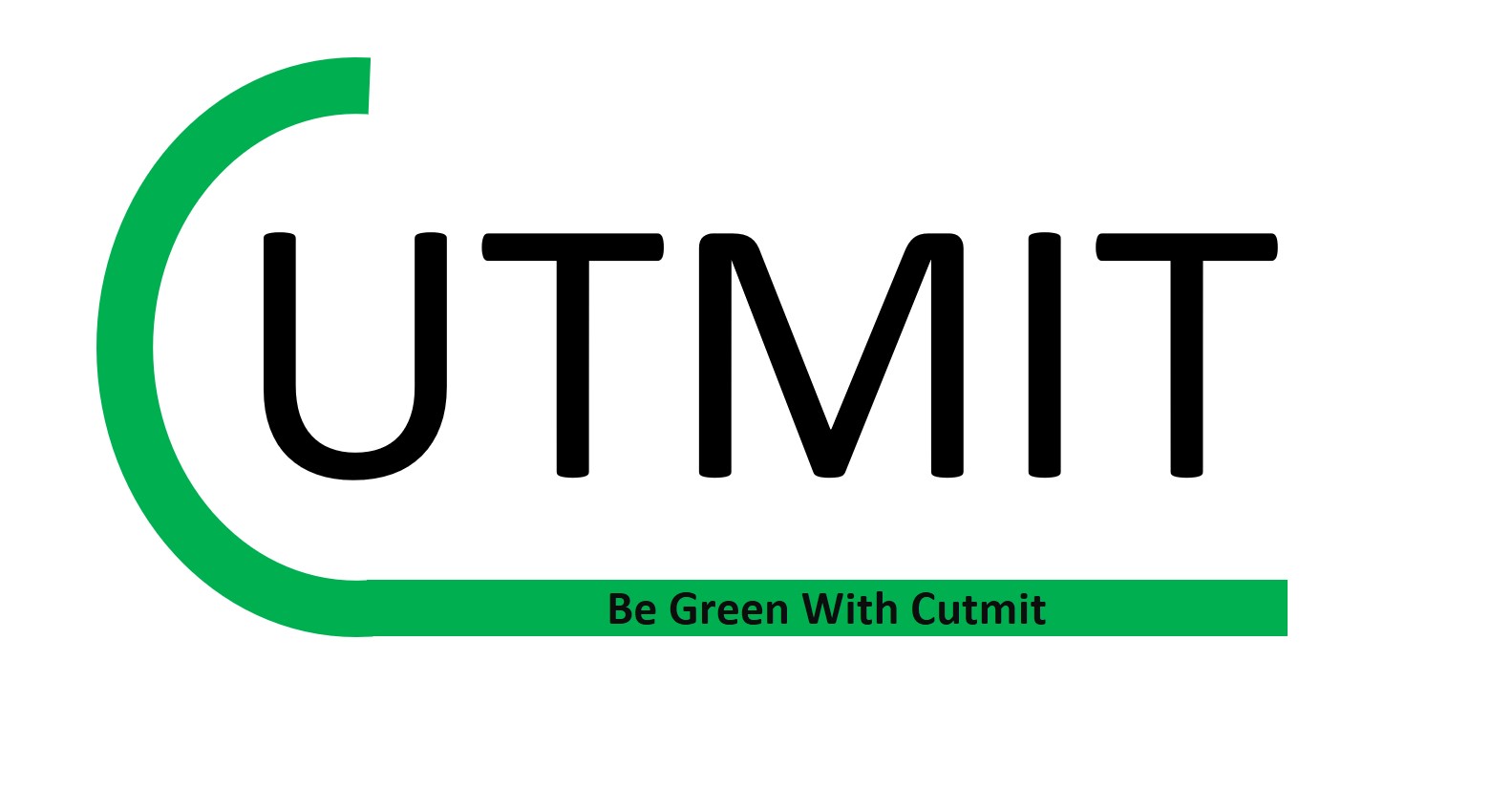How to select a high-quality carbon removal credit?
- April 2, 2018
- Posted by: IFE
- Category: Carbon removal

Organisations can offset their carbon emissions by purchasing carbon credits equivalent to their residual carbon impact. This method ensures their ongoing support for carbon removal while they continue to develop new strategies to reduce their carbon emissions.
Although the nature-based solutions has the potential for extracting and storing carbon dioxide for decades and millennia; the focus has always been on the quality of the carbon removal credits created by the project. A carbon removal offset project must pass a 3 key quality tests to be considered durable and reliable.
Over and under crediting
There’s a risk that a project’s carbon credit can be underestimated or overestimated. If the baseline and current emissions are measured and recorded incorrectly, this sometimes occurs. The baseline emission is the amount of carbon dioxide released prior to the carbon removal mitigation project, while the final emission is the amount carbon dioxide released after the initiative is completed. A professional registry will use the net lifecycle emissions as the projects carbon removal and latest scientific techniques in its methodology.
Social and environmental impact
It is critical that the proposal has no harmful social or environmental consequences, as this will invalidate the opportunity for carbon removal. As a result, it is important that carbon removal projects management be followed by collaboration with local stakeholders as well as conservation authorities.
- Additionality
Greenhouse gas mitigation programmes are additional if they would not have taken place if the carbon removal credit had not been available. Comparing the project’s income sources or savings with the carbon credit is a common way to determine additionality. If the latter is relatively higher, the business should inquire more into the project’s rationale.
Other key assessment question would be
- Will the carbon removal project continue to minimise carbon emissions if the carbon credit was not available?
- Is the carbon removal project legally allowed in the location, or are there signs that the legislation will change in the future to allow for such a project? Keep in mind that this is a project-specific solution to additionality; there is a standardised approach to additionality that use fixed parameters.
